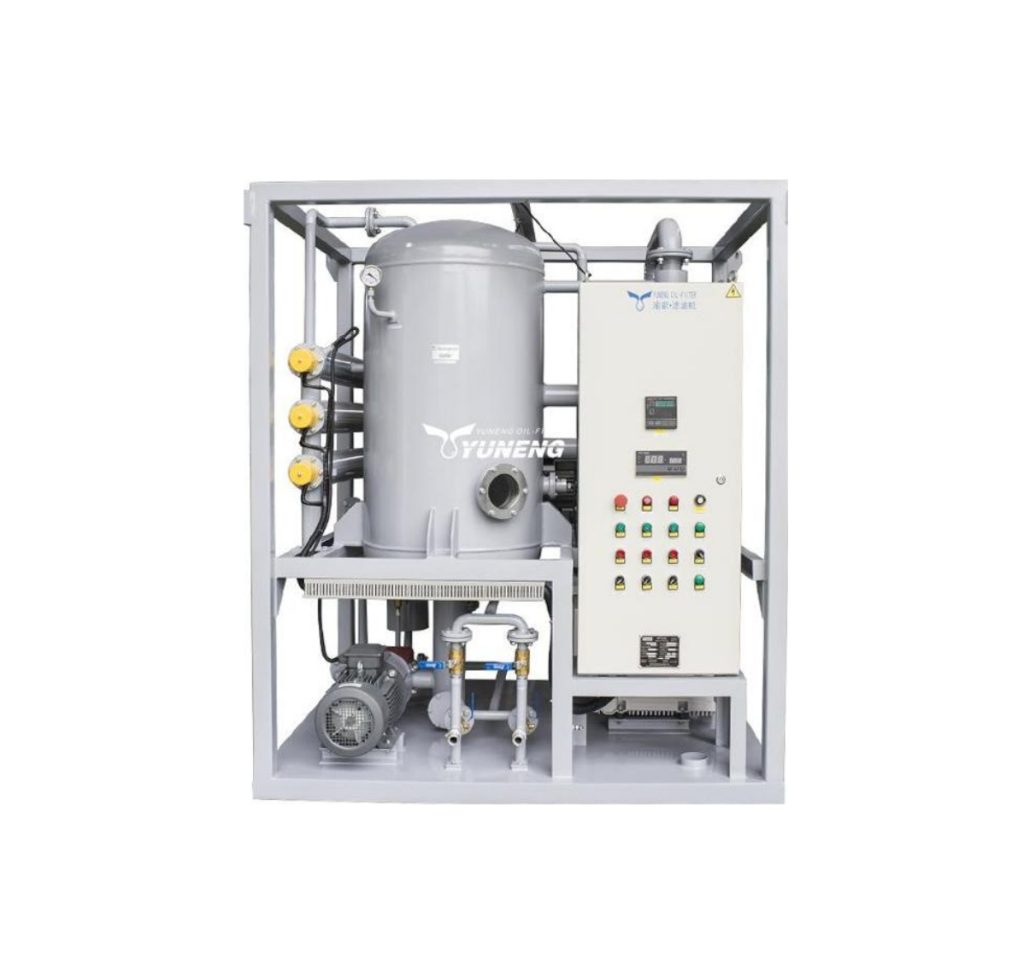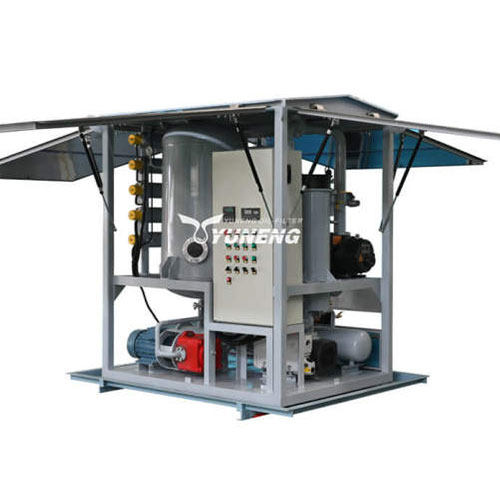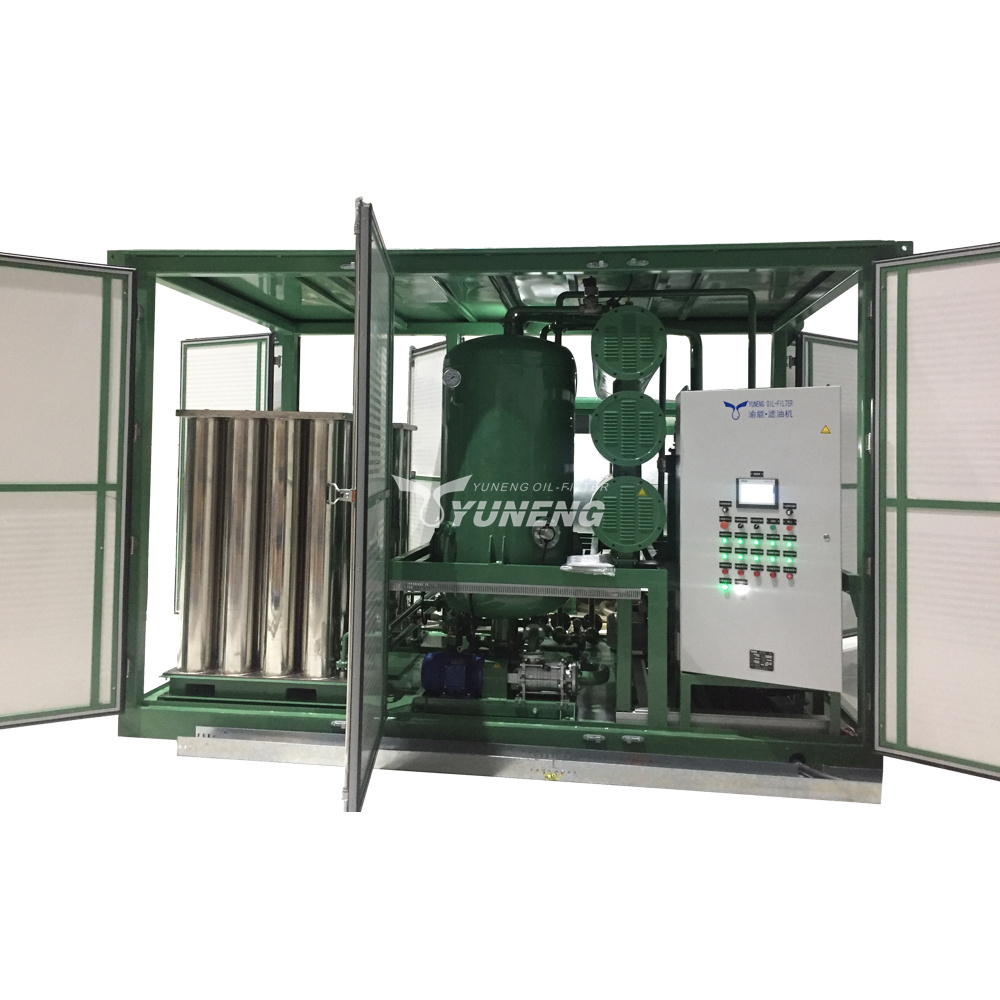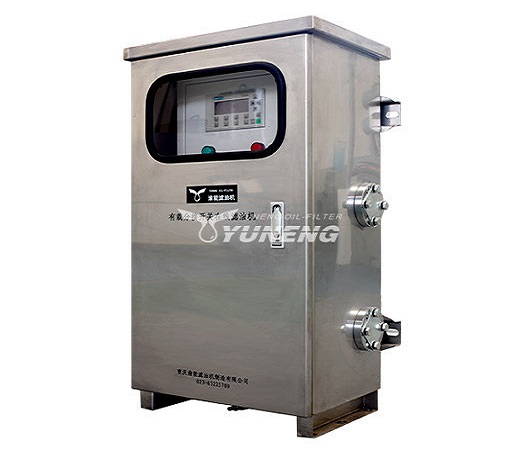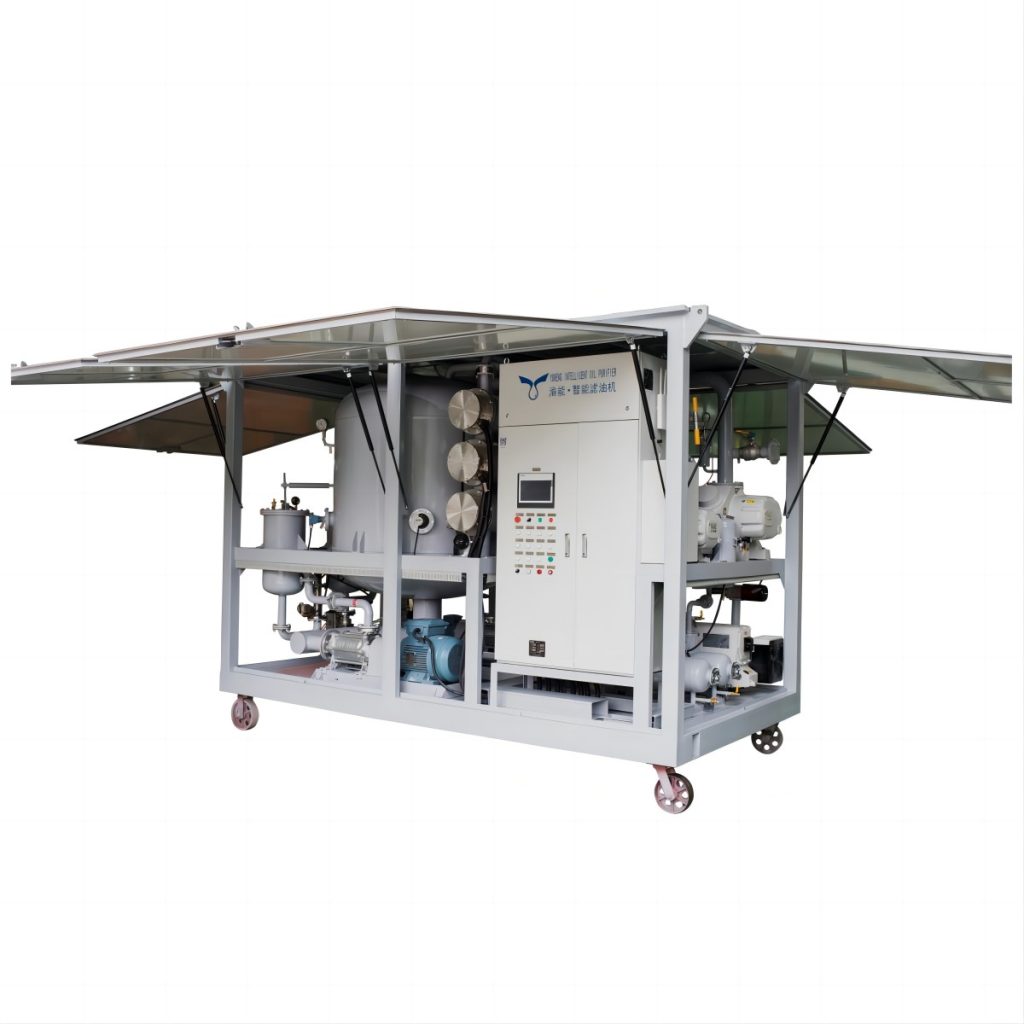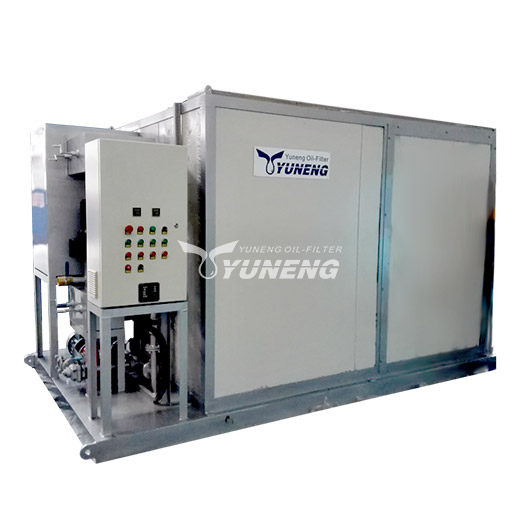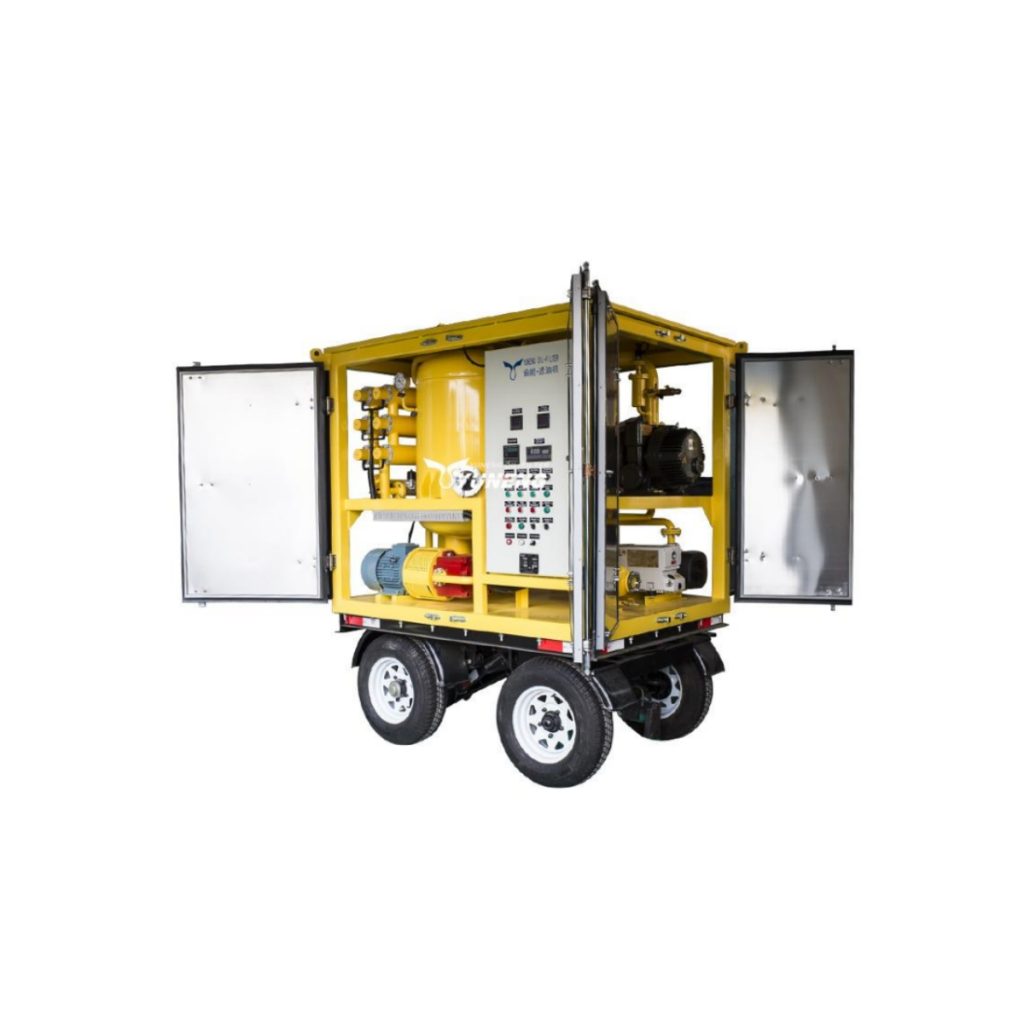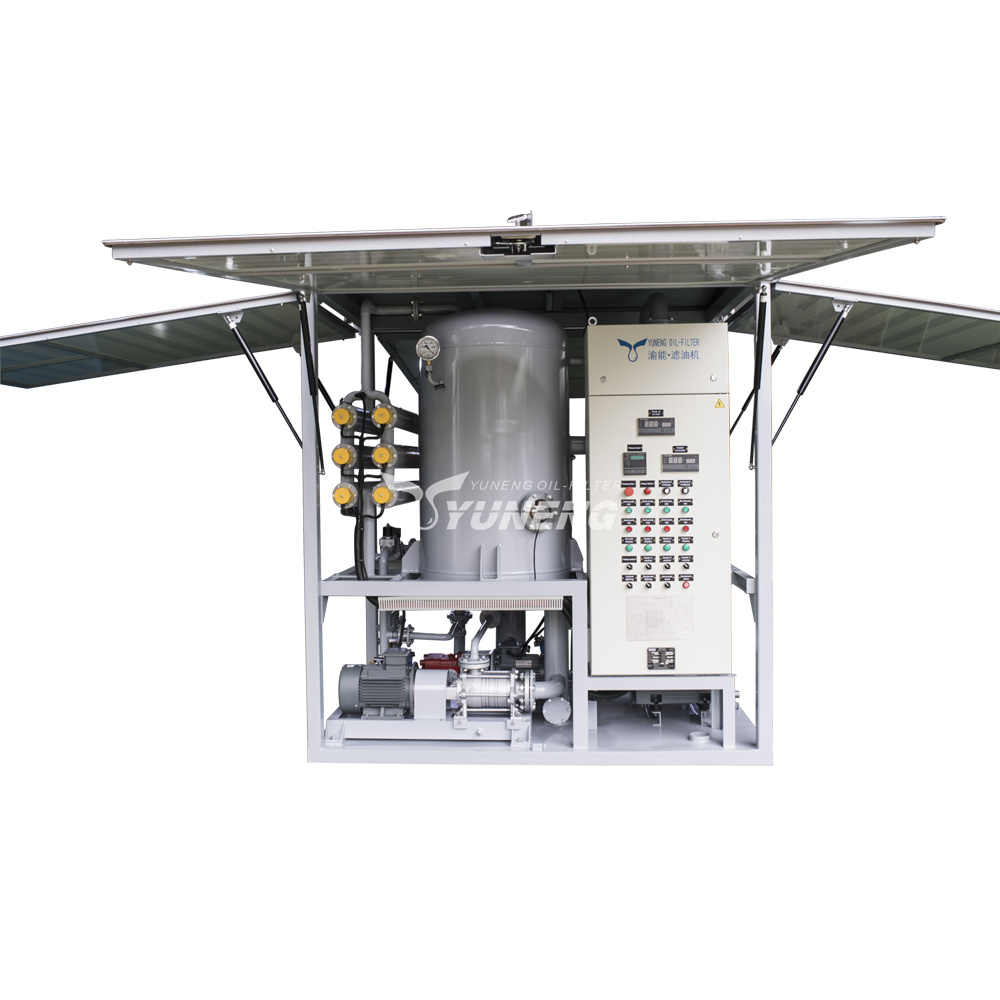What is the BDV Test of Transformer Oil?
The BDV test, or breakdown voltage test, is a crucial diagnostic tool for assessing the dielectric strength of transformer oil. As a fundamental component of electrical insulating systems, transformer oil plays a vital role in safeguarding equipment from electrical short circuits and ensuring safe operation. Understanding the principles and procedures of the BDV test is essential for maintaining the health and longevity of transformers.
What Are the Functions of Transformer Oil?
Transformer oil is an essential component of electrical transformers, playing a vital role in their safe and efficient operation. Its functions go beyond mere lubrication, encompassing crucial tasks related to insulation, heat management, and arc suppression. Let’s delve deeper into these critical functions
1. Insulation
- Superior Dielectric Strength: Transformer oil boasts a significantly higher dielectric strength compared to air. This translates to its ability to withstand higher electric field stresses without breakdown, effectively preventing unwanted current leakage and arcing within the transformer.
- Enhanced Component Protection: By acting as a robust electrical insulator, transformer oil shields internal components from stray currents, thereby safeguarding them from potential damage and ensuring reliable operation.
- Moisture Barrier: Transformer oil acts as a physical barrier against moisture ingress, which can significantly degrade the dielectric strength of insulating materials. This protection minimizes the risk of internal short circuits and enhances the overall operational lifespan of the transformer.
2. Heat Dissipation
- Efficient Cooling System: Transformer oil serves as a circulatory coolant, absorbing heat generated during transformer operation, primarily from the core and windings. This heat absorption prevents thermal overload and protects sensitive components from overheating.
- Convective Heat Transfer: The oil’s circulation facilitates convective heat transfer within the transformer, transferring heat from hotter areas to cooler ones. This heat dissipation ensures efficient temperature management and prolongs the lifespan of the transformer’s internal components.
- Enhanced Efficiency: By maintaining optimal operating temperatures, transformer oil indirectly contributes to improved efficiency by minimizing energy losses due to heat generation and dissipation.
3. Arc Extinguishing
- Rapid Arc Quenching: Transformer oil possesses inherent arc extinguishing properties. During switching operations or internal faults, arcing can occur within the transformer. The oil’s movement disrupts the arc path, promoting rapid arc quenching and minimizing potential damage to internal components.
- Reduced Operational Risks: By quickly extinguishing arcs, transformer oil minimizes the risk of sustained arcing, which can lead to significant damage to insulation materials and even catastrophic transformer failure.
- Enhanced Safety: Effective arc extinguishing contributes to a safer operating environment for personnel and equipment surrounding the transformer.
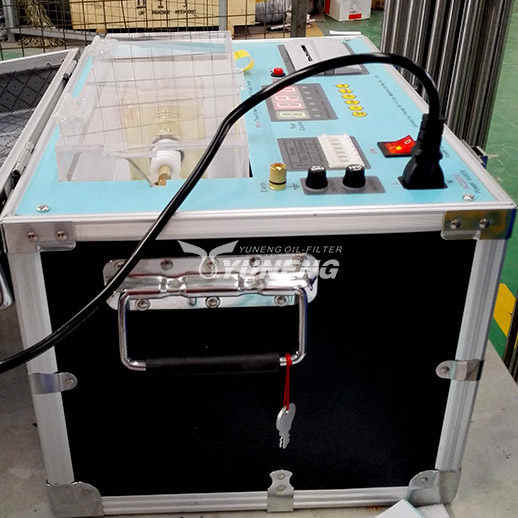
What is Transformer Oil BDV?
BDV refers to breakdown voltage. When a voltage is applied to the transformer oil, as the voltage increases, the current through the oil increases sharply, causing it to completely lose its inherent insulating properties and become a conductor. This phenomenon is called the breakdown of the insulating oil.
The critical voltage value when the insulating oil breaks down is called the breakdown voltage, and the electric field strength at this time, called the dielectric strength of the oil, indicates the ability of the insulating oil to resist the electric field.
What is the Transformer Oil BDV Test?
The BDV test of transformer oil is a breakdown voltage test used to check the dielectric strength of transformer oil. Dielectric strength refers to the maximum ability to withstand the voltage of the insulating oil. This test shows the dielectric strength of transformer oil.
Methods and Significance of Breakdown Voltage Test?
The breakdown voltage (BDV) test serves as a crucial diagnostic tool for evaluating the dielectric strength of transformer oil, a key parameter for ensuring safe and reliable transformer operation. This essential test employs a standardized procedure to measure the voltage at which the oil’s insulating properties fail, providing insights into its condition and suitability for continued service.
Method
- Sample Preparation: A representative oil sample is collected from the transformer, ensuring proper handling and storage to prevent contamination.
- Test Equipment: A calibrated BDV tester compliant with relevant standards (e.g., IEC 60247) is utilized. These testers typically comprise a high-voltage transformer, electrodes immersed in the oil sample, and a breakdown detection circuit.
- Test Procedure: The oil sample is placed between the electrodes within the tester. Voltage is gradually applied, increasing at a predetermined rate (e.g., 2 kV/s).
- Breakdown Detection: The test apparatus identifies the instant when the oil loses its insulating properties, allowing an electric current to flow between the electrodes. This breakdown voltage is recorded as the BDV value.
Significance
- Insulation Assessment: The BDV value directly reflects the oil’s ability to withstand electrical stress within the transformer. A high BDV indicates strong insulating properties, ensuring safe operation.
- Contamination Detection: Foreign particles, moisture, or degradation products can significantly decrease the BDV value. Low BDV measurements suggest potential contamination or deterioration of the oil, jeopardizing its insulating effectiveness and posing safety risks.
- Performance Monitoring: Regularly monitoring BDV over time provides valuable insights into the oil’s health and aging profile. Early detection of declining BDV values allows for timely corrective actions like filtration or oil replacement, preventing transformer failures and extending its lifespan.
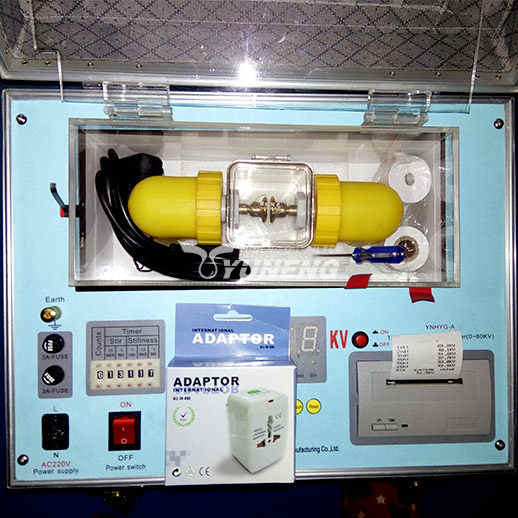
Precautions for Accurate BDV Testing
The BDV test’s effectiveness in assessing transformer oil dielectric strength hinges on meticulous adherence to specific protocols. Implementing stringent procedures during oil sample preparation, tester selection, and test execution is crucial for obtaining reliable and accurate results that truly reflect the oil’s condition and suitability for continued service.
1. Rigorous Sample Preparation
- Sample Acquisition: Employ established sampling procedures to ensure a representative and uncontaminated oil sample is obtained from the transformer. Utilize dedicated sampling equipment and minimize exposure to air and moisture.
- Sample Handling: Store the collected sample in clean, dry containers specifically designed for transformer oil. Avoid prolonged exposure to sunlight or ambient temperature fluctuations.
- Pre-Test Conditioning: Prior to testing, pre-condition the oil sample to the specified test temperature. This ensures consistent results and minimizes the impact of thermal variations on the BDV value.
- Contamination Control: Implement stringent measures to prevent contamination during the sample collection, handling, and conditioning processes. Wear gloves, utilize clean tools and containers, and avoid any contact with potential contaminants like dust, water, or cleaning agents.
2. Utilizing Appropriate Testers
- Calibration and Compliance: Employ a calibrated transformer oil BDV tester that complies with relevant international standards, such as IEC 60247. Regular calibration ensures the tester’s accuracy and minimizes measurement errors.
- Electrode Maintenance: Ensure the test electrodes are clean, free of scratches or defects, and properly aligned to avoid introducing unwanted leakage paths during the test.
- Test Environment Control: Conduct the test in a controlled environment free from excessive dust, vibration, or electromagnetic interference. These factors can influence the test results and compromise accuracy.
3. Adherence to Proper Testing Procedures
- Voltage Ramp Rate: Follow the specified voltage ramp rate for the chosen test standard to ensure consistent breakdown conditions. Rapid voltage increases can lead to inaccurate BDV values.
- Data Recording and Analysis: Document the test parameters, including temperature, humidity, and any deviations from the standard procedure. Analyze the recorded data to identify any anomalies or potential issues with the oil sample or the test equipment.
- Repeatability and Verification: Conduct multiple replicate measurements to enhance the reliability and statistical validity of the results. Consider employing additional analytical techniques, such as dissolved gas analysis (DGA), to corroborate the BDV findings and gain a more comprehensive picture of the oil’s condition.

YUNENG IEC Standard Transformer Oil BDV Tester
YUNENG’s IEC Standard Transformer Oil BDV Tester is a fully automated device designed to measure the breakdown voltage of transformer oil following international standards GB507-86 and IEC-156. This critical test evaluates the oil’s dielectric strength, a vital parameter for ensuring safe and reliable transformer operation.
Key Features IEC Standard Transformer Oil BDV Tester
- Microcontroller-based operation: Utilizes a single-chip microcomputer for precise control and automation of the testing process, minimizing human error and enhancing test reproducibility.
- Pre-set testing parameters: Simplifies operation by allowing users to define test settings upfront, including voltage ramp rate, test duration, and stirring time.
- Automatic test execution: Eliminates manual intervention, ensuring consistent testing conditions and minimizing potential operator influence on results.
- Enhanced accuracy: Employs advanced circuitry and calibration procedures to achieve high measurement accuracy and reliable breakdown voltage readings.
- Automatic data acquisition and printing: Records test results and prints reports automatically using a built-in TPU-A panel printer, simplifying data management and analysis.
- Customizable test parameters: Allows users to adjust test settings like stir time and dwell time to accommodate specific oil types or testing needs.
- Integrated stirring mechanism: Employs a fully automatic magnetic vibrator to effectively homogenize the oil sample, eliminating potential air bubbles or density variations that could impact the breakdown voltage measurement.
- Compact and portable design: Features a small footprint and lightweight construction for convenient use in both laboratory and field settings.
- Strong anti-interference capability: Robust design minimizes the influence of external electromagnetic noise and ensures accurate test results even in challenging environments.
Benefits of IEC Standard Transformer Oil BDV Tester
- Enhanced safety: Accurate breakdown voltage measurements enable timely identification of degraded or contaminated oil, preventing potential transformer failures and safeguarding personnel and equipment.
- Improved reliability: Regular monitoring of dielectric strength facilitates proactive maintenance and optimizes transformer performance, leading to extended operational life and reduced downtime.
- Compliance with international standards: Adherence to GB507-86 and IEC-156 ensures test results are comparable and meet industry best practices.
- Simplified operation: User-friendly interface and automated testing procedures make the instrument accessible to technicians of varying skill levels.
- Efficient data management: Automatic data recording and printing streamline reporting and analysis, enabling informed decision-making based on accurate test results.
Available Transformer Oil BDV Tester Models from Yuneng
Several commercial BDV testers cater to varied voltage ranges and testing needs:
- YN-HYG-A: Voltage range of 0 to 80 kV
- YN-HYG-100: Voltage range of 0 to 100 kV
YUNENG, as a domestic leading enterprise specializing in the manufacture of oil purifiers, can produce transformer oil purifiers, lube oil purifiers, waste oil purifiers, oil testers, and other products. In addition to the standard models in the product list, product functions, and components can also be customized according to the specific requirements of customers.
Hope you can contact us, experienced customer service staff will provide you with professional service and high-quality products.

